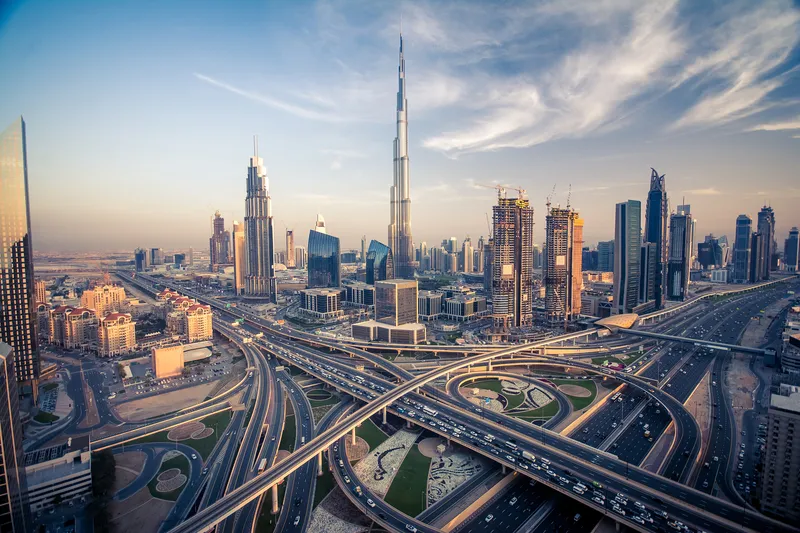Ahead of December’s Gulf Traffic exhibition in Dubai, the latest figures from Ventures Middle East indicate ongoing roads and bridges projects across the Gulf Co-operation Council (GCC) region are currently valued at US$109 billion.
Host of the 2022 Football World Cup, Qatar, leads the way with an allocation of US$20bn for roads and highways, in addition to a US$35bn rail network. The UAE, second worldwide for roads quality in the latest Travel and Tourism Competitiveness Report, has investments worth
September 30, 2013
Read time: 2 mins
Ahead of December’s 553 Gulf Traffic exhibition in Dubai, the latest figures from Ventures Middle East indicate ongoing roads and bridges projects across the Gulf Co-operation Council (GCC) region are currently valued at US$109 billion.
Host of the 2022 Football World Cup, Qatar, leads the way with an allocation of US$20bn for roads and highways, in addition to a US$35bn rail network. The UAE, second worldwide for roads quality in the latest Travel and Tourism Competitiveness Report, has investments worth US$58 billion in the pipeline for roads and bridges alone, the research showed.
It added that Saudi Arabia is undertaking roads, bridges and rail infrastructure improvement projects valued at US$77 billion, while Oman is planning to spend US$14.8 billion on roads, rail and bridges infrastructure in the coming few years, and the Kuwaiti budget for infrastructure works is estimated at US$13 billion.
Bahrain announced earlier in 2013 that it will spend more than US$2.5 billion on major road, bridge, and tunnel networks.
Host of the 2022 Football World Cup, Qatar, leads the way with an allocation of US$20bn for roads and highways, in addition to a US$35bn rail network. The UAE, second worldwide for roads quality in the latest Travel and Tourism Competitiveness Report, has investments worth US$58 billion in the pipeline for roads and bridges alone, the research showed.
It added that Saudi Arabia is undertaking roads, bridges and rail infrastructure improvement projects valued at US$77 billion, while Oman is planning to spend US$14.8 billion on roads, rail and bridges infrastructure in the coming few years, and the Kuwaiti budget for infrastructure works is estimated at US$13 billion.
Bahrain announced earlier in 2013 that it will spend more than US$2.5 billion on major road, bridge, and tunnel networks.









